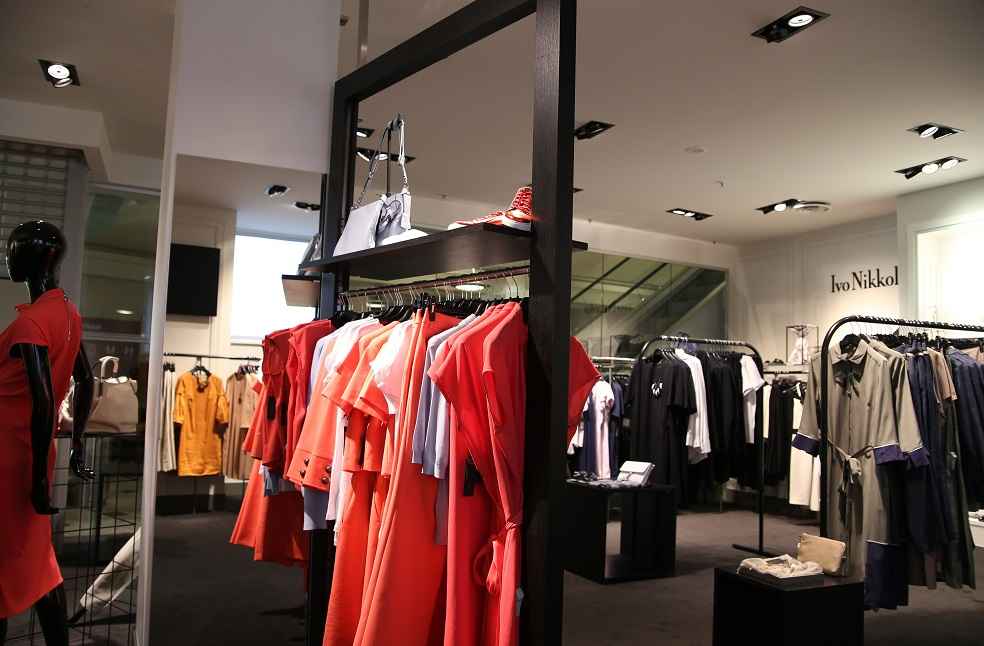The persistent issue of dead stock, a detrimental force against profitability and an environmental burden, has been a tough challenge for the global fashion industry. Currently, this landscape is being altered by the rise of direct-to-consumer (D2C) brands. Using their direct customer interactions, these brands forge strategies that substantially reduce unsold inventory.
Underscoring their potential, D2C sales in the US saw a remarkable upswing in 2020, hitting an impressive $22.88 billion. This marked a solid 24.3% growth from the previous year. Mirroring this trend, the D2C fashion market in India is on a steady upward climb, with a projection to reach $100 billion by 2025, as reported by RedSeer Consulting. This bright outlook has enticed global fashion behemoths, who are increasingly adopting D2C, recognizing the allure of personalized, transparent practices, and the opportunity to tackle the prevalent issue of dead stock.

Previously, brands leaned heavily on overproduction, amassing more stock than retailers could handle in the hopes of high sales. Faulty demand forecasting often resulted in surplus inventory, leading to deep discounts, donations, or even disposal – a destructive cycle contributing to massive resource wastage.
D2C brands, set on reversing this traditional narrative. By avoiding mainstream retail channels and cultivating direct connections with consumers, these brands acquire crucial insights into customer preferences. As a result, inventory management and demand forecasting receive a boost, ensuring production aligns with real demand, and drastically cutting down the risk of dead stock.
Examining D2C strategies against dead stock:

> Data-Driven Demand Forecasting: Certain D2C brands accurately predict consumer buying patterns by analyzing a vast array of information, including historical sales data, market trends, social media activity, and customer feedback. By employing advanced technologies like machine learning and artificial intelligence, these brands identify complex patterns, facilitating informed production decisions that minimize dead stock.
> Limited Edition and Small Batch Releases: A number of D2C brands, particularly those offering luxury accessories, resort to releasing limited editions and small batches of unique designs. This strategy creates a sense of exclusivity, stirs consumer excitement, and reduces the risk of dead stock.
> Pre-Order and Crowdfunding: D2C brands focusing on sustainability often opt for a pre-order and crowdfunding strategy. By introducing pre-order campaigns for new collections and leveraging crowdfunding platforms, these brands can confirm product demand prior to initiating production, thereby eradicating the risk of unsold inventory.

> Agile Production and Inventory Management: D2C brands that provide customizable products typically use this approach. Adapting quickly to fluctuating consumer demand and observing real-time inventory levels and consumer preferences allow these brands to maintain optimal inventory levels, thus reducing waste and unnecessary inventory costs.
D2C brands are heralding a wave of sustainability and efficiency within the fashion industry. By blazing this trail, these brands promise a more optimistic future for fashion: one free from the constraints of dead stock, with higher profitability, a strong focus on environmental consciousness, and elevated customer satisfaction.
DON’T MISS IT: War on Waste: Bans Unsold Fashion Destruction



